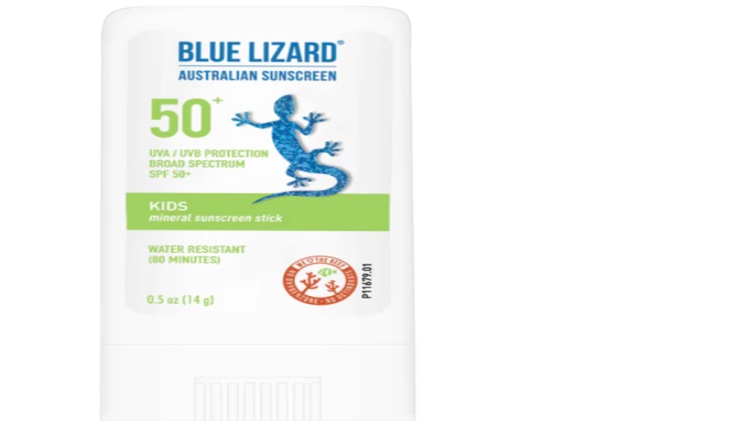As a concerned parent who simply wants your child to be sun-safe, sunscreen for children is something of a hot topic – if you’ll pardon the pun. When looking at the sheer amount of choice on the sunscreen market, it can be tough to properly understand what you’re dealing with.
There are essentially two main varieties of sunscreen; 1) chemical sunscreen that’s been the most widely used for decades and 2) mineral sunscreen (a.k.a. Physical sunscreen). Understanding which one is best for your child is important, but it does require a little knowledge.
Chemical Sunscreen For Children vs Mineral Products
Chemical brands of sunscreen work by first being absorbed by the skin. Then, as the UV rays come into contact with the skin, it converts the rays into heat. That’s why chemical sunscreens need to be absorbed into the skin first, and they tend not to be quite as thick and gloopy as mineral products.
Conversely, when you look at mineral sunscreen, it works by sitting atop the skin, acting as a deflector, sending all those harmful rays away before they’ve had a chance to do any damage. Mineral sunscreen does not need to be absorbed, as the action is completely different.
How Long Does Each One Take to Work?
One factor that makes mineral-based sunscreen for children the better option is how long it takes for it to become effective and start doing its job. Mineral sunscreens work the instant they’re applied due to the lack of need for absorption. That means you can literally slap it on and go.
On the other hand, chemical sunscreens can take up to half an hour after application to provide sufficient protection against the sun. That means if you’ve got kids that are begging to go out and play need to stay indoors for at least half an hour. Not ideal, we think you’ll agree.
Protecting the Coral Reefs For Future Generations
Perhaps the most compelling reason of all for using mineral-based sunscreen is the fact that chemical varieties are believed to be slowly killing our precious coral reefs. As such, if things continue as they are, they may not exist any more when your kids are grown up.
Literally, millions of tons of the stuff is making its way into our oceans each year, leading to bleaching that makes coral uninhabitable for marine life. Octinoxate and oxybenzone are known to be the chief offending elements in the equation, so the sooner every switch over to mineral sunscreen, the better it is for everyone.
Mineral Sunscreen For Children Is the Clear Winner
When you line each type of sunscreen up against each other, it’s hard to see a reason not to pick mineral sunscreen over chemical products. It’s more effective, it works faster, and it’s environmentally friendly, with each one of these factors providing enough of a reason to consider switching.
Sure, the consistency of zinc oxide sunscreens can be a bit trickier to apply, but once you’ve gotten used to it, it’s no big deal really. As such, mineral sunscreen is the clear winner for your kids’ sun protection needs, so it’s not really up for debate.

